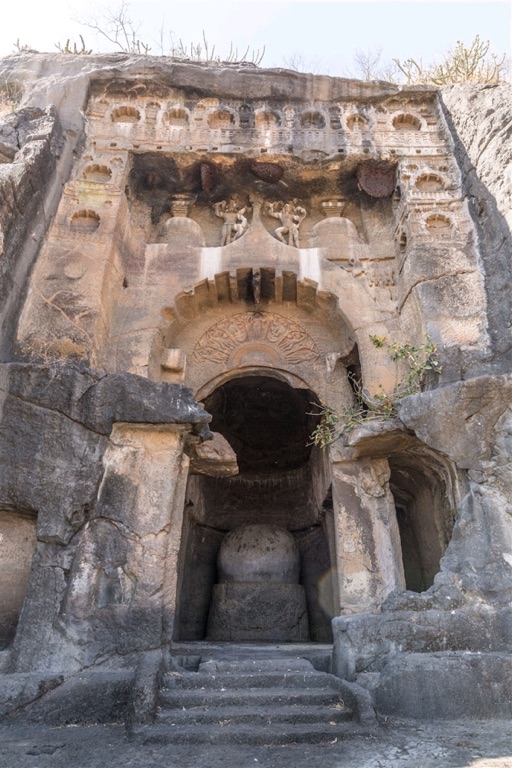The Manmodi Caves are a remarkable assemblage of rock-cut wonders, etching the cultural and religious history of ancient India into stone. Nestled in the Sahyadri hills near Junnar, Maharashtra, these caves represent a monastic complex that has withstood the test of time. They offer significant insights into the practices of early Buddhist monks and highlight the architectural prowess of a bygone era. The caves, with their viharas and chaityas, meticulously carved inscriptions, and rock pillars offer a powerful reflection of the ascetic life and spiritual endeavors of their creators.
Satavahana dynasty
The Satavahana dynasty was a prominent Indian dynasty that flourished from around the 1st century BCE to the 3rd century CE. Their realm was mainly in the Deccan region, and they played a significant part in Indian history during this period. The capital of the Satavahana dynasty was thought to be Pratisthan (Paithan), on the banks of the Godavari River. This dynasty was known for its unique blend of cultural elements. They combined traditions from the north and south of India. The Satavahanas patronized Brahmanism and Buddhism, creating a diverse religious environment.
During the Satavahana dynasty time period, trade and commerce blossomed. This led to economic prosperity. The dynasty maintained trade links with the Roman Empire, which enhanced cultural exchanges. The Satavahanas minted their own coins, which displayed their rulers and deities. These coins help us understand their wealth and influence. In art, they contributed to the development of Indian sculpture, particularly with their exquisite stone carvings. The Amaravati stupas are remarkable examples of their architectural and artistic excellence. The Satavahana dynasty had a profound impact on South Indian history. Its leaders promoted peace, cultural synthesis, and economic growth, leaving a legacy that endures.

